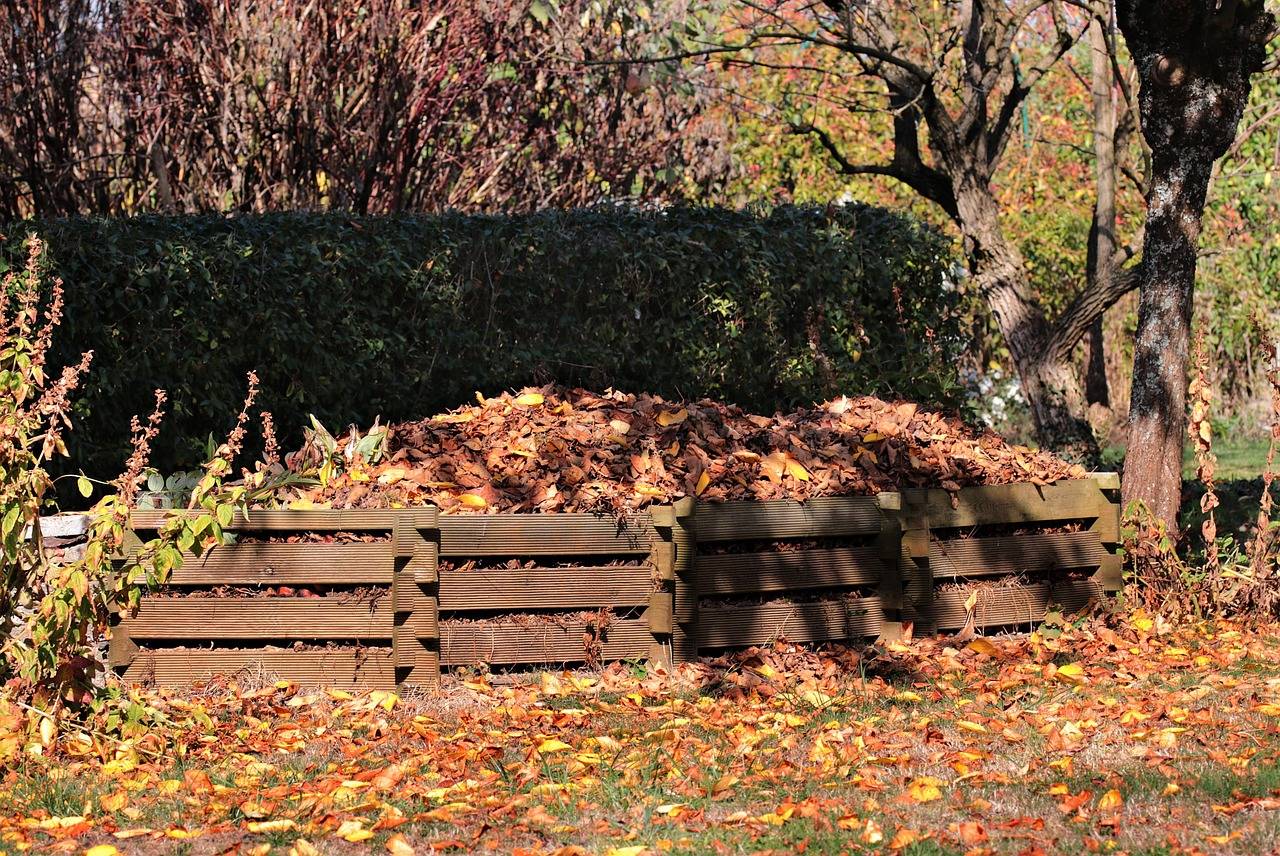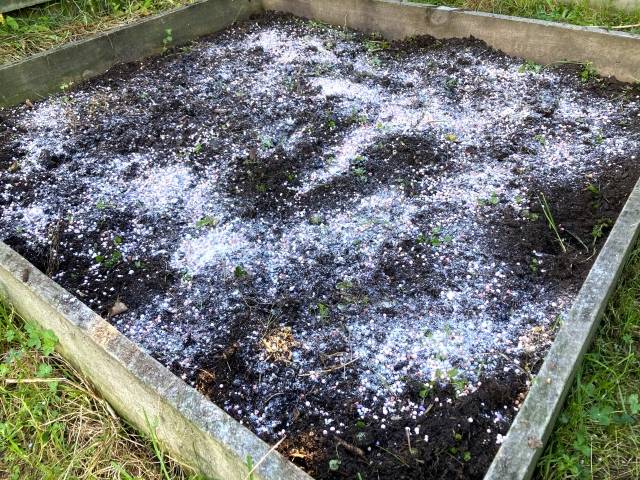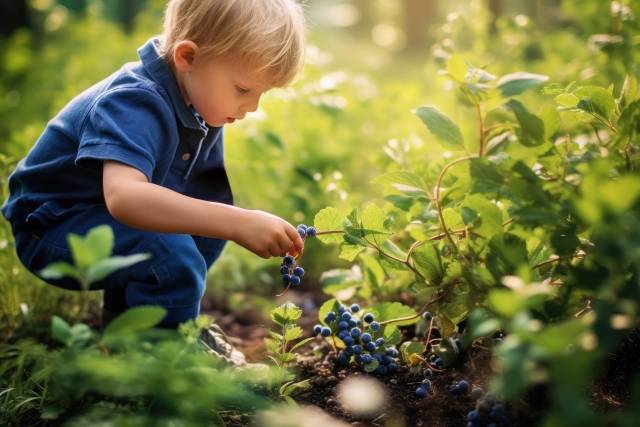A common misunderstanding among many gardeners is that composting serves primarily as a source of nutrients.
This misconception stems from the idea that composting in organic gardening is a direct replacement for chemical fertilizer in conventional farming. While composting does enhance soil nutrition as a result, this is NOT its purpose. The true purpose of composting, as outlined by Okada Mokichi’s principles of Nature Farming, is threefold:
- Keeping soil temperature,
- Keeping soil moisture,
- Avoiding compaction.
1. Maintaining Appropriate Soil Temperature
Covering the soil surface with compost helps retain heat during cold times and insulate against heat during hot times. Incorporating compost into the soil provides food and shelter for microbes, which in turn helps maintain proper soil temperature. This creates a positive feedback loop where active microbes keep the soil at the right temperature, and the right temperature keeps microbes active. Active microbes positively impact crop growth.
Studies show that low soil temperatures (around 6°C) can significantly hinder the growth of crops, particularly affecting root development. Conversely, slightly higher soil temperatures (around 11°C) can promote growth, accelerating processes like heading, flowering, and ripening in crops like wheat【Studies on Soil Temperature 】.
Maintaining optimal soil temperature during winter simplifies spring work and yields significant benefits. In warmer regions, keeping the soil temperature lower is also advantageous.
2. Maintaining Soil Moisture
Covering the soil surface with compost helps retain moisture by preventing water evaporation and freezing. The compost material itself holds moisture, which is gradually released to the soil.
As the soil develops, aggregate structures form, improving water retention and drainage.
Narrow gaps between soil particles within aggregates hold water through capillary action, while large gaps between aggregates allow for good drainage. This balance creates an oxygen-rich environment conducive to healthy root growth.
Biological secretions from organisms like earthworms, slugs, and mold act as adhesives that bind soil particles into aggregates. This process is facilitated by the activation of soil organisms and microorganisms.
3. Avoiding Compaction
Soft soil is crucial for better root growth and increased yields. Adding compost makes the soil soft by activating soil organisms and microorganisms. When soil and organic matter mix, small spaces are created, preventing soil compaction. Compacted soil hinders root growth, which negatively impacts plant health.
Long-term Nature Farming practices lead to very soft soil, eliminating the need for deep tilling. Properly mixed compost provides food for microorganisms and small animals, which naturally till the soil.
My mentor’s field, which had been under Nature Farming for over ten years by the 1970s, was a testament to this transformation. Walking through his field felt like a gentle stroll on a plush carpet.
Methods
There are two main ways to apply compost:
1. Surface Application (Mulching):
- Place immature (or semi-mature) compost on top of the soil to cover it entirely, a process known as mulching or grass mulching. The principle is to “not leave the soil bare.”
- Moistening (with EM1) the soil before mulching (putting immature compost on top) usually helps maintain soil temperature, as water stabilizes temperature. For example, deserts experience large temperature fluctuations, while coastal areas with more moisture have smaller differences.
2. Incorporating into the Soil:
- Tilling compost into the soil helps it retain moisture. It’s important to ensure that the compost is aged and well-fermented in the soil before planting.
- This process should be done after harvest, primarily in the fall, to improve soil quality. By doing so, the compost mixed into the soil has enough time to fully break down and mature before the next planting season. This ensures that there is no risk of planting crops on top of immature compost, which can hinder plant growth. The fundamental rule is to avoid planting crops in soil that contains partially decomposed compost, as it can disrupt healthy plant development.
Bring the soil itself to life
As Okada states, soil itself is nutritious, there is no need to add additional fertilizers. Too much nitrogen creates many other problems. The role of compost is to activate the soil. Activation of soil brings proper temperature and moisture, resulting in soft soil. Okada Mokichi emphasized that the fundamental principle of Nature Farming is to bring the soil itself to life, maintaining its purity without any impurities, allowing it to fully demonstrate its natural capabilities.
—
My Composting Journey with Nature Farming
When I first started practicing Nature Farming, the soil in my field was hard and compacted. It felt almost impenetrable, and I often worried that my plants wouldn’t be able to grow strong roots. But I remembered the teachings of Okada Mokichi, who emphasized the importance of bringing the soil to life.
I began by mixing compost into the soil, providing food for microorganisms and small animals. These tiny creatures became my unseen allies, tirelessly working beneath the surface. Over the years, as I continued to practice Nature Farming, something remarkable happened. The soil, once hard and unyielding, transformed. It became soft and crumbly, almost like walking on a carpet.
My mentor’s field, which had been under Nature Farming for over ten years by the 1970s, was a testament to this transformation. Walking through his field felt like a gentle stroll on a plush carpet. The soil was so soft that it required no deep tilling, just a light touch to mix in new compost and keep the cycle going.
Seeing this transformation in my own field was profoundly satisfying. The soil, now alive with activity, supported the growth of healthy, robust plants. The roots could easily penetrate and spread, drawing up nutrients and water with minimal effort. This natural tilling process, driven by the microorganisms and small animals in the soil, ensured that my crops thrived without the need for harsh chemicals or intensive labor.
Nature Farming taught me that by respecting and properly caring the soil, I could create an environment where plants could flourish naturally without artificial ingredients. This approach not only yielded bountiful harvests but also brought me closer to the land and its rhythms, making each season a rewarding chapter in my journey as a gardener.





